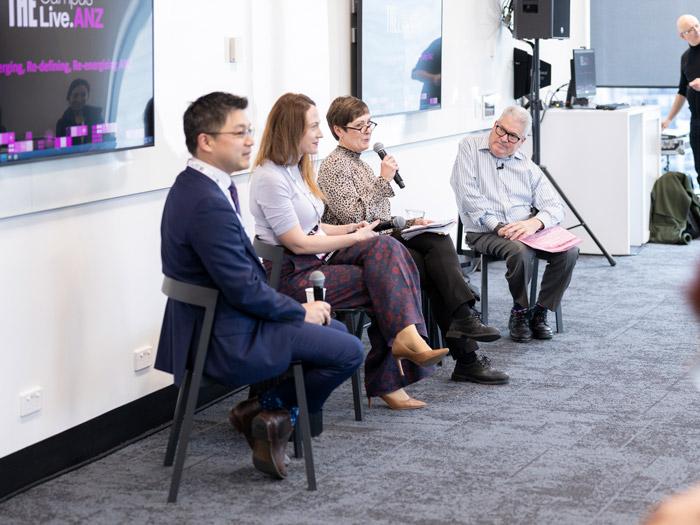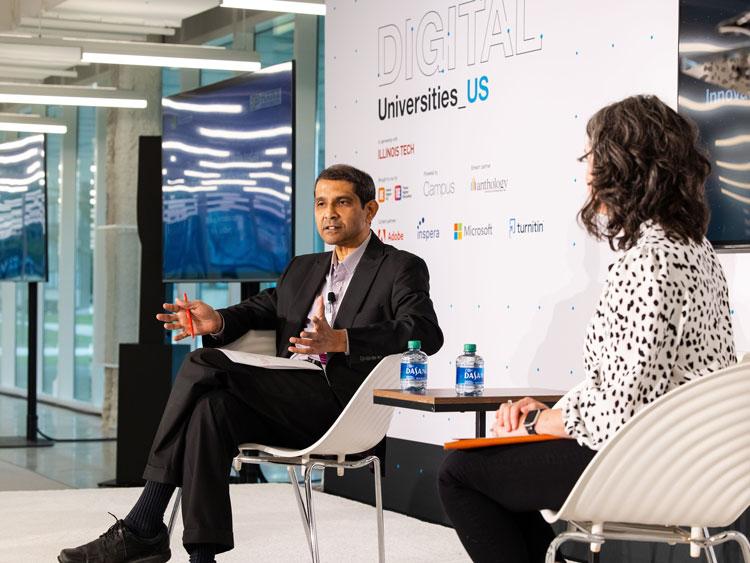
How Indian universities can address the country’s talent crisis

India is facing a significant shortage of skilled workers, ranking seventh globally in talent deficit. More than 80 per cent of employers struggle to find qualified candidates, particularly in sectors such as transport, logistics, automotive and IT, where shortages can reach up to 88 per cent, according to the ManpowerGroup Employment Outlook Survey. Despite companies adopting strategies such as flexible work arrangements and increasing wages, the pool of skilled talent remains limited, and India could face a skill deficit of 29 million by 2030, as projected by the International Labour Organization (ILO).
However, India’s demographic advantage over other countries with labour shortages, such as Canada and the UK, is notable; with 13 million young individuals entering the job market each year. The need for effective skill development programmes is more pressing than ever, requiring concerted efforts from the government and industry through initiatives such as the Skill India Mission.
- More resources on higher education in Asia
- Spotlight collection: How to work well with industry
- How to make enterprise activities enjoyable and impactful
Universities, too, are essential in closing this gap, but India has significant challenges in aligning higher education with industry needs, teaching practical skills and encouraging innovation. Some are taking steps – for example, IIT Madras has partnered with industry to offer practice-oriented MTech programmes. To foster innovation, the government established Atal Incubation Centres at universities across India. Programmes such as the Prime Minister’s Research Fellows Scheme aim to retain talent in research. Industry-academia partnerships are also on the rise – a notable example is the collaboration between Tata Consultancy Services and academic institutions to co-create curricula in emerging technologies.
This article looks at ways higher education can tackle India’s lack of skilled workers and bolster long-term economic development.
Build effective industry-academia collaborations in India
To establish successful industry partnerships in India, higher education institutions (HEIs) need to adopt the following strategies:
- Develop curricula in partnership with industry: Work together with industry experts to create and regularly enhance academic programmes. This guarantees that the course material stays up to date with changing market demands and prepares students with employable skills.
- Create advisory boards: Establish advisory boards including members from important industries to offer perspectives on new trends, technologies and skill deficiencies. These boards are able to help facilitate changes in the curriculum and impact strategic partnerships.
- Offer industry-sponsored projects: Include industry-sponsored projects in academic programmes to promote collaboration and attract more participation. This allows students to gain hands-on experience and tackle genuine issues encountered by businesses.
- Develop internship and apprenticeship pathways: Establish organised, extended internship and apprenticeship initiatives that provide students with practical experience in their chosen field. Collaborating with businesses to provide credit-based internships promotes greater involvement and improves graduates’ chances of finding employment.
- Establish research centres: Specialised research centres could concentrate on addressing industry-specific issues. Collaborating on research can result in shared publications, patents and new product developments, enhancing relationships with industry collaborators.
- Arrange industry-immersion programmes: Coordinate visits to companies, shadowing experiences and brief immersion programmes to help students gain first-hand knowledge of workplace culture, technologies and processes.
- Provide continuous professional development: Customised training and certification programmes in collaboration with industry partners can support the continuous professional development of working professionals, thereby strengthening long-term partnerships and increasing the visibility of higher education institutions.
- Participate in joint ventures or sponsored chairs: Create partnerships or industry-funded faculty positions, such as endowed chairs, to promote knowledge sharing, creativity and industry-focused education.
In terms of student placements, HEIs need to concentrate on:
- Internships and co-op programmes: Offer opportunities for students to participate in semester-long internships or co-op placements, allowing them to balance classroom learning with hands-on experience in their chosen industry.
- Capstone projects: Involve students collaborating with industry partners to tackle real-world issues, using their academic understanding in practical scenarios.
By putting these strategies into action, HEIs can build strong partnerships with industry and guarantee that students leave with in-demand skills and experience.
Case studies in addressing the talent shortage
Woxsen University has adopted industry collaboration and practical training to address the talent shortage through establishing strong partnerships with industries. A significant instance is its collaboration with Bloomberg for the Bloomberg Lab, giving students instant access to global financial data to improve their analytical and financial skills. Likewise, the AI Research Centre, powered by Brandscapes Worldwide, provides students with interactive learning opportunities, enabling them to engage in pioneering projects and acquire practical skills in state-of-the-art technologies. This method has greatly enhanced their preparedness for the job market, resulting in high placement rates and favourable reviews from employers.
Higher education institutions are essential in addressing India’s talent shortage by matching educational programmes with industry needs, offering hands-on training and promoting creativity.
Raul Villamarin Rodriguez is vice-president, and Hemachandran K is associate dean of the School of Business and director of the AI Research Centre, both at Woxsen University in Hyderabad, India.
If you’d like advice and insight from academics and university staff delivered direct to your inbox each week, sign up for the Campus newsletter.


